Employee engagement is increasingly understood to be an essential business strategy to achieve business outcomes. To be truly engaged at work, people need:
- To work with people they respect
- To do interesting and challenging work
- To work for a company that has values they believe in
- To work for a company that does something of value
- To be recognized and appreciated for the contributions they make
Recognition is a critical pillar of engagement without which employees are unlikely to be inspired and contribute their best. A culture of recognition and achievement should be tied to the company values and must have the following key components:
Enterprise-wide Reach
Participation in the program by senior leaders and managers makes it clear that recognition is important to the company. And, the process must shine a light onto the great contributions of employees, from the most visible top sales people to the interns in the warehouse. Often, in less visible roles, it is peers who can identify and celebrate the organization’s unsung heroes delivering on the brand promise every day.
Technology
Recognition – at its best – is highly personal, but a robust platform can support the effort and address the changing demographics of the workplace. Whether by reinforcing a virtual community with a Social Stream, or by giving managers Mobile App access to reward onthe-go, the platform serves as the hub of the program.
On the site, managers and program administrators can find the reporting they need to understand the engagement level of participants, and to adapt the program to meet evolving goals over time.
Flexible Tools
Joint research by the Incentive Marketing Association and the Incentive Research Foundation recently showed that the preferences of employees vary widely. Remarkably, they found “Out of 452 study participants, 448 – nearly all of them – each had unique award profiles in terms of preferred award, presentation / ceremonial aspects, potential for professional development and advancement, among many other preferences.1” Some employees prefer public, formal recognition. Others would rather hear a private thank you.
Providing many ways to recognize is not only a best practice, it is essential. Some options include:
- Peer-to-peer Recognition – such as through eCards or Cheers-for-Peers – provides immediate feedback to colleagues, showing that they are on the right track and that their extra efforts are appreciated. This also gives employees across the organization ownership of recognition on a day-to-day basis. This is informal recognition.
- Managers Spot Awards allow leaders to award in the moment, linking the behavior to the reward, and reinforcing the benefits of mutual success. Using eCards or Spot Award Cards gives immediate access to points or “Spin and Win” gamified rewards. This is also informal recognition.
- Annual or Quarterly Awards with peer or manager nominations can provide the formal recognition appropriate for longer-term or larger scope accomplishments. A recognition platform should allow for an approval process, to ensure that the right people are recognized for the right reasons. Managers have an important role to play in choosing the right recognition at the right time. Platform prompts and best-practice guidelines can help to ensure that recognition is fairly given, in line with the organization’s brand values.
Rewards Worthy of the Effort
Reward preferences are as varied as the diverse workforce. Different generations, different life stages, unique aspirations influence each person’s preferred experience. Some participants are interested in Travel, others prefer an eGift Card for dinner tonight. Still others save points for that highly prized merchandise item, like jewelry or the latest electronics.
A wide array of choices will boost interest in the program, connecting to personal hopes and dreams.
Participant Experience
A world-class program should deliver a world-class experience, where customer service representatives act as advocates for the participant and genuinely care about the outcome. Every contact is a reflection of the brand and how it values its employees. That is essential to get right.
And finally, a world-class recognition program needs champions, both internal and external. It needs senior leadership to be on board, horizontal leaders at every level to get behind the program and give it life, and a partner who is invested in delivering the best experience possible, through its many evolutions.
For more information, click here to read our whitepaper, Roadmap to Employee Engagement, which includes useful next steps to develop a program to support your business goals.



